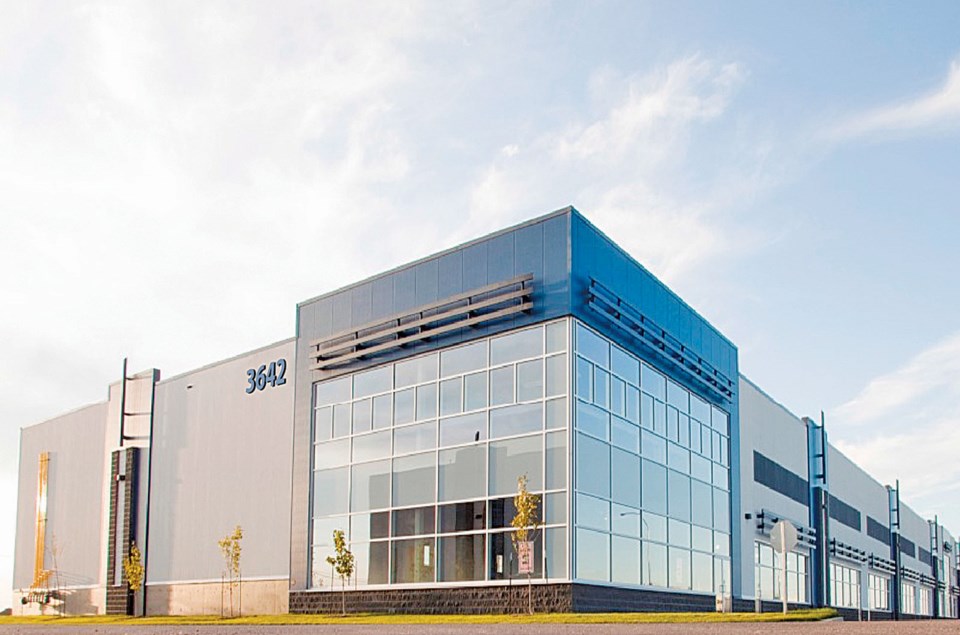There are a lot of balls in the air in Saskatoon’s industrial real estate sector, and that’s causing a lot of “anxiety” among market players.
Richard Jankowski, managing director of the Colliers International Saskatoon office, said people are waiting to see the fallout from the recent federal election, wondering when the energy sector will finally recover and worrying about the challenges in the provincial agriculture market this year.
“It’s not a bad picture. There’s some optimism out there but there’s as much pessimism as there is optimism. I think it’s fair to say there’s still a healthy level of anxiety along with some cautious optimism,” he said.
According to Colliers’ latest report on the city’s industrial market, the vacancy rate rose modestly to 5.2 per cent in the third quarter, and it’s expected to stay on an upward trajectory in the final three months of the year as more new supply comes on the market. Less than two years ago, the vacancy rate was at 8 per cent.
There is currently nearly 250,000 square feet of industrial space under construction but the majority of projects are design-builds by owner-operators and aren’t expected to have a significant impact on the market situation.
“They become 100 per cent positive absorption. It’s new inventory that we would track but it’s absorbed upon completion because it’s their building,” Jankowski said.
The largest project is the latest phase of the Matrix Industrial Park, which will add 120,000 square feet of new space by the end of the year.
The report also found net industrial asking rates have fallen to an average of $9.64 per square foot, which Jankowski said is a positive development.
“It keeps us more competitive with our neighbours to the east and west. It’s tough to draw larger-scale national tenants [with higher rates]. If they’re going to the Prairies, there’s a good chance we won’t attract them because our lease rates are higher than in Winnipeg,” he said.



